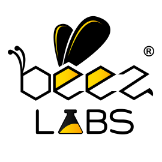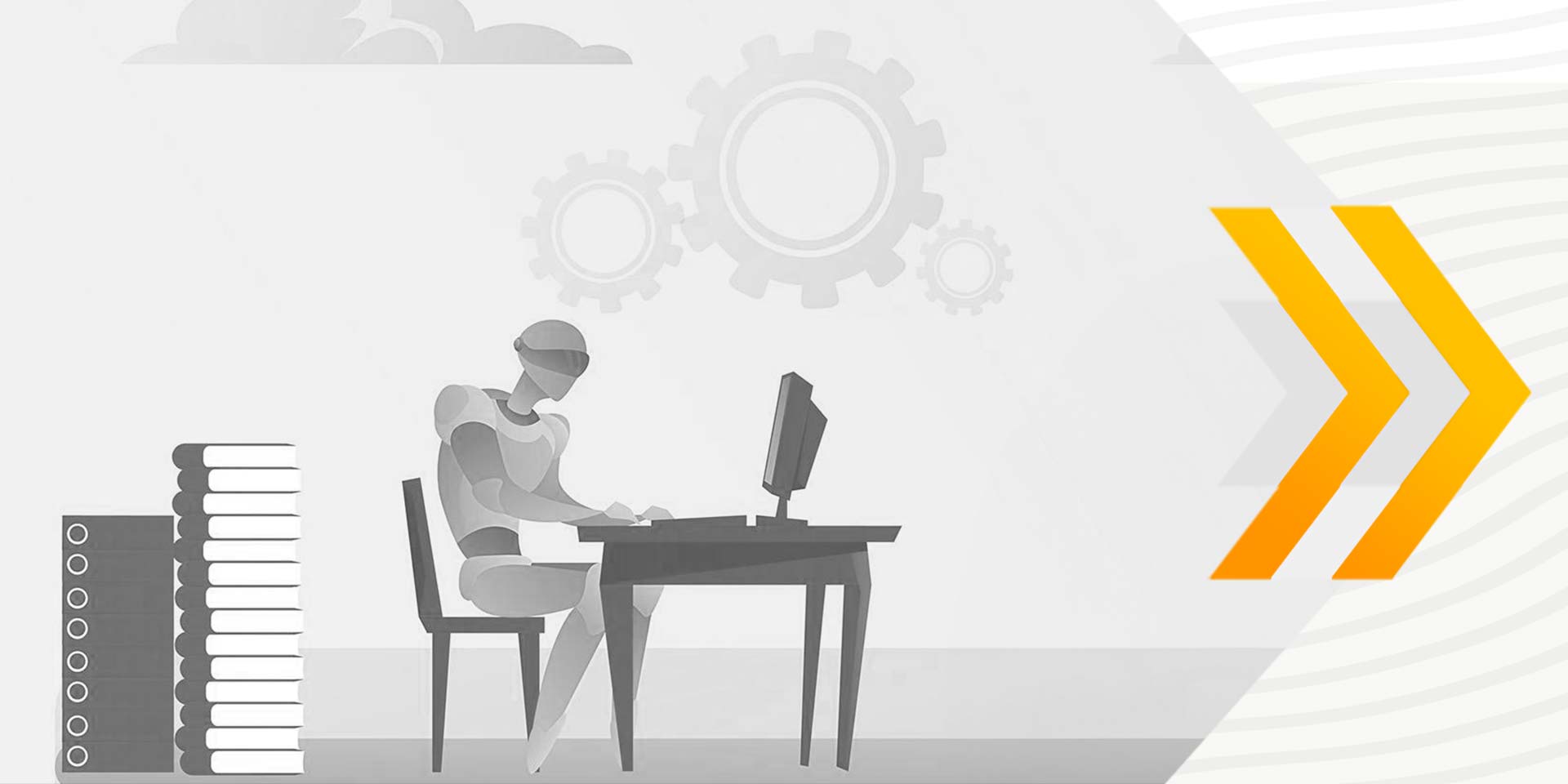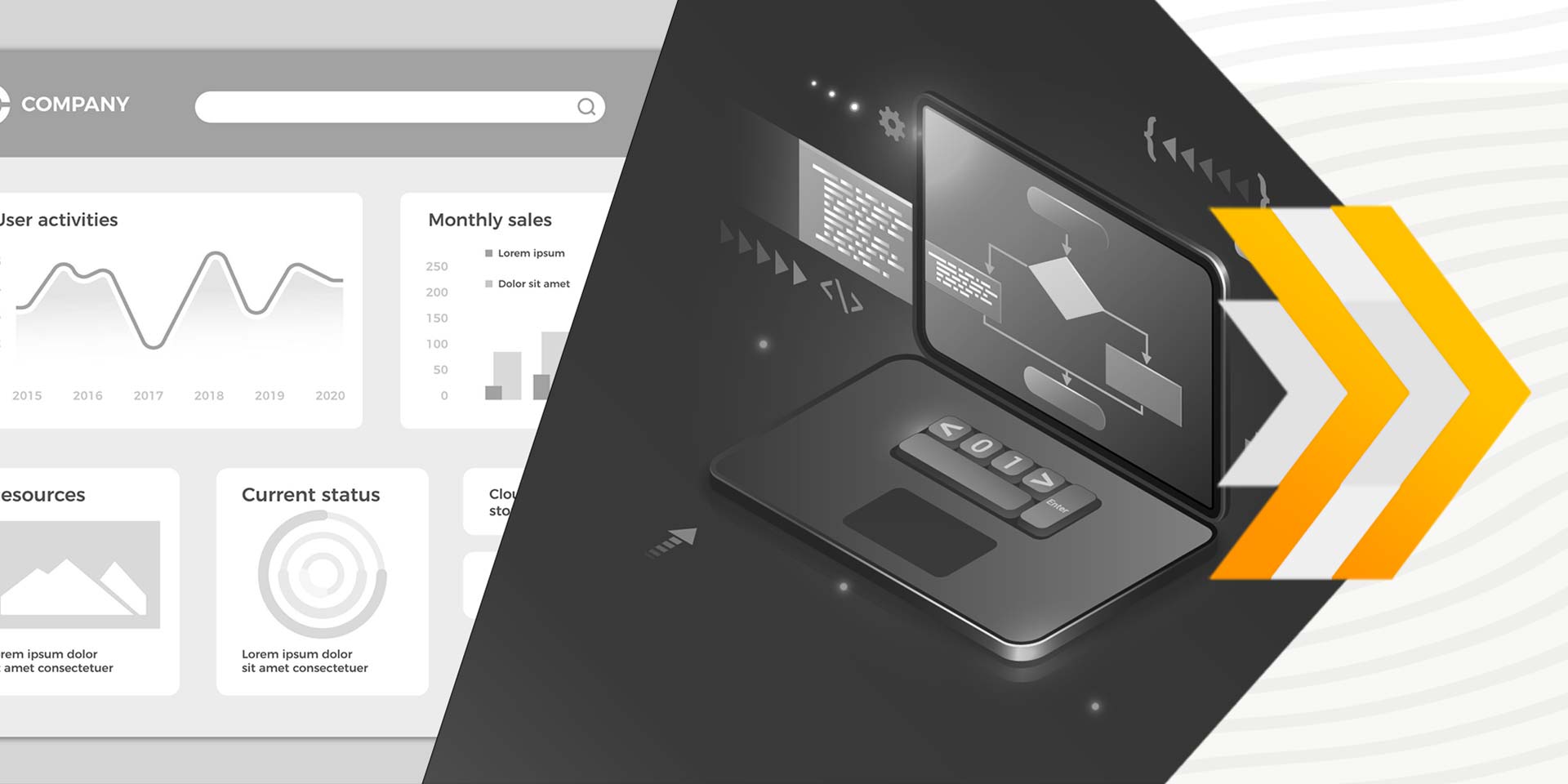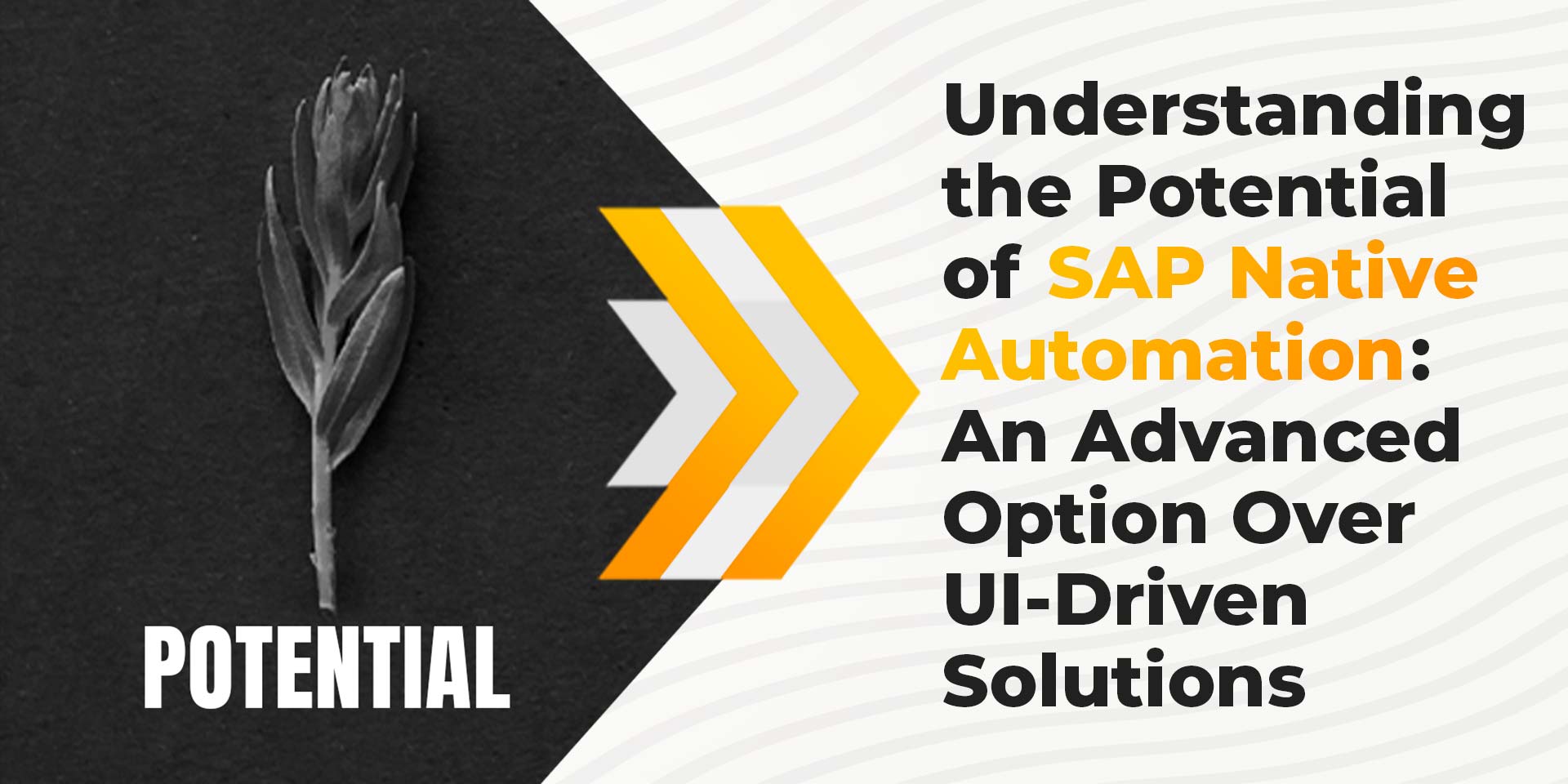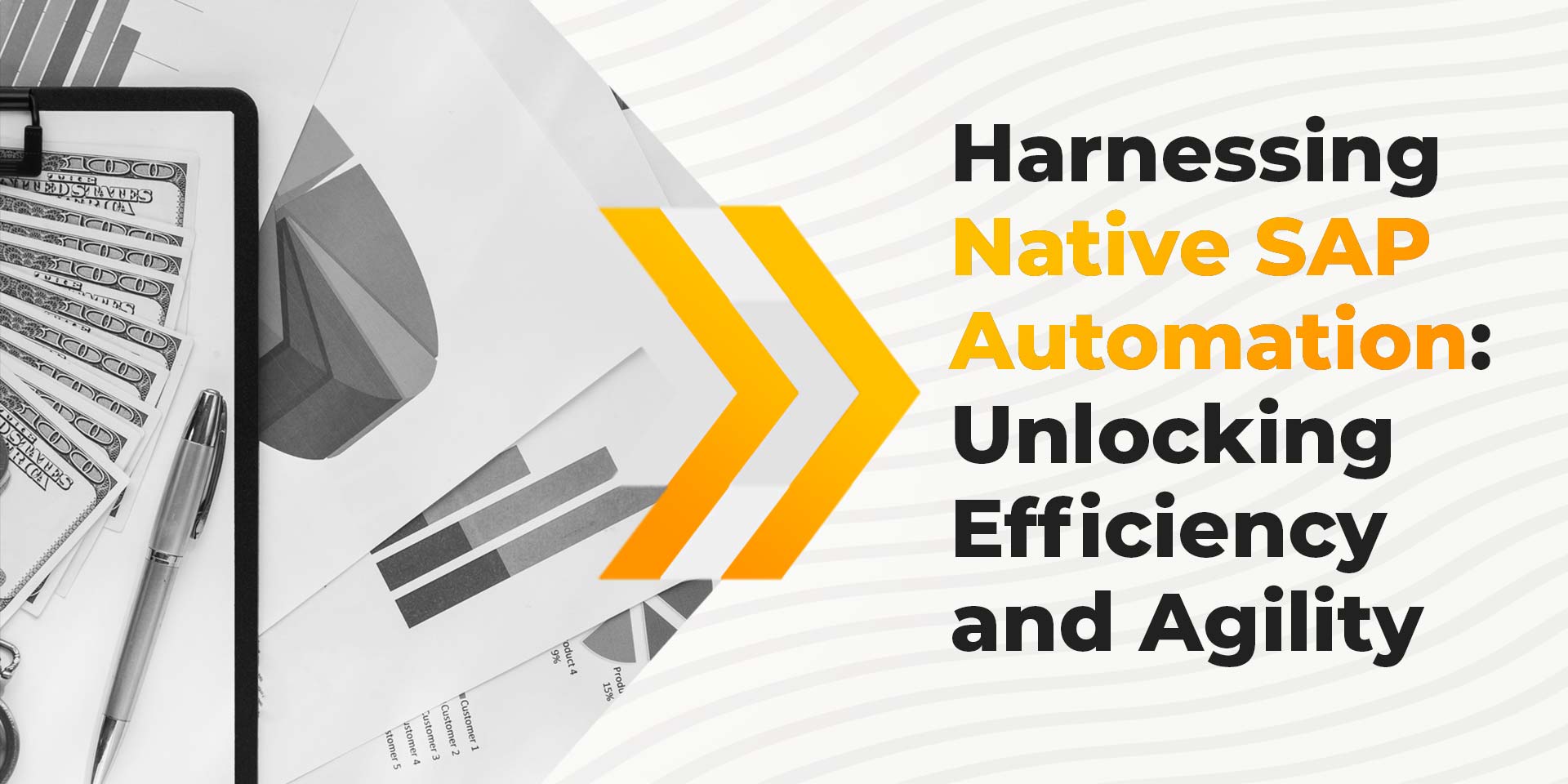Automation
Native Automation
Beyond Resilience- Navigating the Realm of Automation Opportunities


- Table of Contents
- Introduction
- Innovation Unleashed
- Cognitive Automation
- Predictive and Prescriptive Analytics
- Agility in the Face of Change
- intelligent automation Ecosystems
- Customer-Centric Automation
- Autonomous Decision-Making
- Holistic Process Optimization
- Blockchain for Enhanced Security
- Adoption of Emerging Technologies
- Employee Empowerment and Upskilling
- Self-Reliant Systems
- Conclusion
Introduction
In the rapidly evolving landscape of technology, businesses are not only embracing resilient automation frameworks but also seeking to unlock a realm of endless automation opportunities. As automation becomes increasingly integrated into business operations, it is crucial to explore the broader spectrum of possibilities that extend beyond mere problem-solving.
In this blog, we will delve into the expansive world of automation opportunities, exploring how businesses can leverage automation to drive innovation, enhance customer experiences, and achieve unprecedented levels of efficiency.
Innovation Unleashed
Resilient automation frameworks lay the groundwork for stability and adaptability, providing a solid foundation for innovation. By automating routine tasks and streamlining operations, businesses can free up valuable human resources to focus on creative problem-solving and groundbreaking initiatives. Automation becomes a catalyst for innovation, allowing teams to explore new ideas, experiment with emerging technologies, and push the boundaries of what's possible.
Cognitive Automation
The potential of resilient automation goes beyond rule-based processes, venturing into the realm of cognitive automation. Imagine automation systems that not only follow predefined rules but also learn, reason, and make decisions based on complex data sets. Cognitive automation, powered by artificial intelligence, enables systems to understand context, adapt to dynamic scenarios, and continuously improve their performance.
Predictive and Prescriptive Analytics
The capability of resilient automation lies in harnessing the power of predictive and prescriptive analytics. Automation systems will not only analyze historical data but also predict future trends and prescribe optimal courses of action. This shift towards proactive decision-making will empower businesses to stay ahead of market dynamics, anticipate customer needs, and strategically plan for success.
Agility in the Face of Change
Resilience is the ability to weather data complexities such as changing interfaces in the SAP ecosystem, but true growth lies in embracing change as a catalyst. Ui-based solutions can only offer so much, and businesses must strive for intelligent RPA that can adapt to frequent changes. SAP native automation enables organizations to pivot quickly in response to evolving business requirements, market conditions, and regulatory changes, ensuring that they remain agile and thrive in dynamic environments.
A well-crafted native automation strategy goes beyond mere survival; it seizes change as an opportunity for iteration, improvement, and staying ahead of the curve.
intelligent automation Ecosystems
Resilient automation can evolve into intelligent automation ecosystems, seamlessly integrating diverse technologies like AI, machine learning, and the Internet of Things (IoT). These interconnected systems will create a holistic automation environment, where data flows seamlessly across processes, enabling end-to-end automation and fostering a truly intelligent operational landscape.
Customer-Centric Automation
Automation goes beyond mere resilience and presents a remarkable opportunity to revolutionize customer experiences. By integrating automation into customer-facing processes, businesses can achieve faster response times, personalized interactions, and seamless transactions. A prime example is the use of resilient automation in chatbots, which offer instant support, enhance user satisfaction, and foster brand loyalty. By embracing automation strategies that prioritize customer-centricity, companies can distinguish themselves in the fiercely competitive market.
Autonomous Decision-Making
Robust automation frameworks, especially those based on native approaches such as SAP automation, empower businesses to attain a holistic comprehension of their processes. However, transcending mere resilience entails harnessing this understanding for autonomous decision-making.
By leveraging advanced analytics and data-driven insights derived from automation, organizations can make well-informed choices that enhance efficiency, optimize resource allocation, and foster long-term competitiveness.
Holistic Process Optimization
Automation frameworks that prioritize resilience offer inherent benefits such as process optimization, stability, and error reduction. However, going beyond resilience requires a holistic approach to optimizing SAP processes. Businesses can continuously refine and enhance their workflows by identifying bottlenecks and fine-tuning processes for maximum efficiency. This iterative optimization, fueled by automation, creates a self-improving system that adapts to the evolving needs of the business.
Blockchain for Enhanced Security
The future of resilient automation will prioritize security in an increasingly interconnected digital landscape. Blockchain technology will be seamlessly integrated into automation frameworks, ensuring a tamper-proof and transparent record of transactions and processes. This not only enhances security but also instills trust and accountability in automated workflows.
Adoption of Emerging Technologies
In addition to resilience, lies the realm of embracing emerging technologies alongside automation. By incorporating artificial intelligence (AI), machine learning, and predictive analytics into automated processes, businesses can unlock new prospects for efficiency and innovation. Intelligent automation solutions that learn from data, adapt to evolving scenarios, and contribute to a more intelligent and responsive operational ecosystem can be explored.
Employee Empowerment and Upskilling
Automation goes beyond simply replacing human tasks; it empowers employees to concentrate on activities of greater value. In addition to building resilience, businesses can invest in upskilling programs that align with the ever-changing automation landscape. This cultivates a workforce that seamlessly collaborates with automation, harnessing technology to enhance their capabilities and drive the overall success of the organization.
Self-Reliant Systems
The future envisions resilient automation systems that go beyond mere resilience to become self-reliant. These systems will detect anomalies, identify issues, and autonomously implement corrective measures without human intervention. This level of autonomy ensures continuous, uninterrupted operations, even in the face of unforeseen challenges, reinforcing the reliability and robustness of automation frameworks.
Conclusion
In conclusion, while resilient automation frameworks are crucial for navigating the challenges of the digital era, the true potential lies beyond mere resilience. Businesses that recognize and seize the diverse opportunities presented by automation will not only survive but thrive in the ever-changing landscape of technology and business.
By embracing native automation solutions, adopting emerging technologies, and empowering employees for the future, businesses can pave a path toward sustained success in the digital age.
